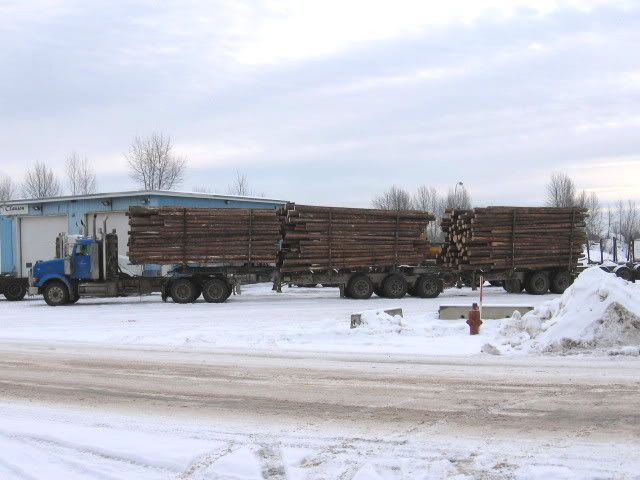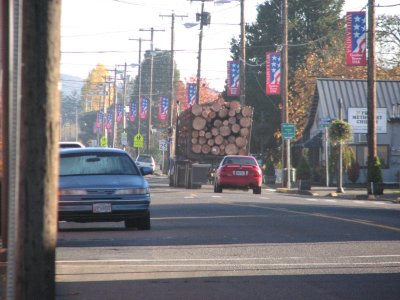I posted that vid in the nerve damage from extended saw use thread;
http://www.arboristsite.com/chainsaw/188239.htm
I think it has to be taken in context. That thread is full of stories of guys with fused disks, carpal tunnel, multiple surgeries, loss of grip, loss of feeling, etc etc. Running saws (especially big saws) full time 5 or 7 days a week for years on end is going to do things to your body that are well beyond 'suck it up and carry on'. Like most guys who run saws full time I put a lot of abuse on my body and mask the damage with pain killers, booze and humor. The thread was discussing gloves, AV and other ways to reduce the impact of vibration. Here's the post I put with the vid.
So no surprises to see plenty of people saying its rubbish and wont work for their situation. That's fine, you guys just carry on as you do ;-)
For others who are interested in finding ways to work that put less stress on your body, you can probably adapt a few of the techniques.
For myself, I'm a full time climber and do residential removals and pruning. We see a different species every day, so no real 'rhythm' can be picked up. Very rarely can we drop, it's mostly climb and piece out. Add to that my groundies do all the limbing and bucking and I'm up in the tree most of the time anyway. But I still try to use some of these techniques. I start by using the smallest lightest saw I can, with the shortest bar. I try to keep my saw/bar combos ballanced at the handle because I find that is less work than nose heavy. not much you can do with 3'+ bars though, but I did just order a couple bigger ES lite bars from the states which may help.
I only get a couple years out of a saw generally because they are all run a lot. The cost of a saw isn't that big in the bigger picture for most tree companies, and a day off the job with injuries will likely lose you more than the cost of a new saw anyway. If you're off for a week or a month due to sprains, well.... I'd rather throw a saw away than hurt myself. Scratching them only hurts the first time.
I do try to carry the weight of the saw on my leg or on the tree where possible, especially with bigger saws. I try to consider position when laying out the tree if there is anything to be gained there. Only rarely on trees like norfolk island pines, or cedars, do I get to use that '6 point' thing, but I dont whizz along at that speed. I'm not out to break any records. I do use that basic sequence a lot to try to not have to lift the saw too much, and let the motion of the saw move it on to the next cut, use the inertia of the engine to lift. I do let the nose skid up the bark to lift bigger saws on bigger trees, 5'-6' is about as big as I get to deal with on a semi regular basis. I dont have any bars over 3'.
From what I understand, this technique is taught all over europe where forest workers serve a 2 year apprenticeship. I think they get a lot better training that our guys in aus do, we do a few 2 day courses and then learn from our mistakes and watching others. The technique is obviously suited to their woods, but there's something to learn there for us. Most injuries are the result of overstraining, and I know I can always do to use less energy to get the same job done.
Shaun







